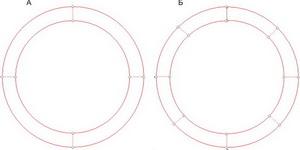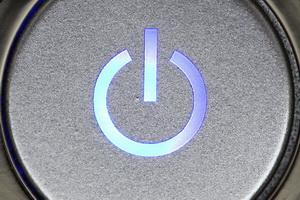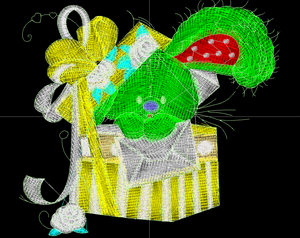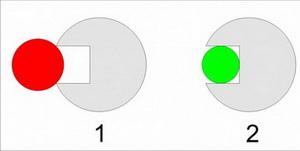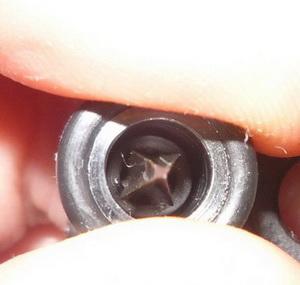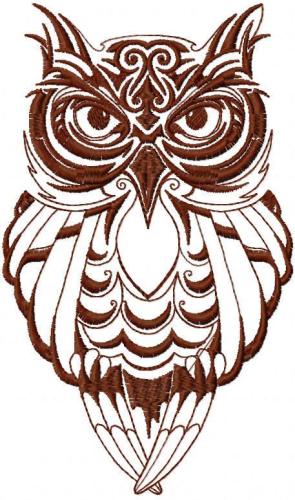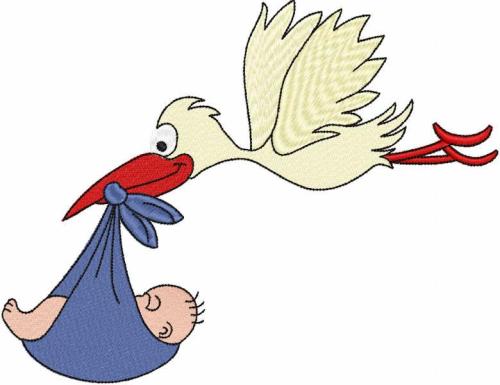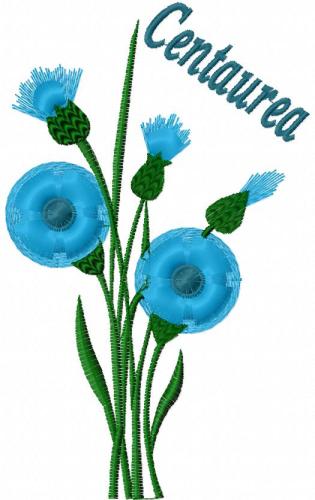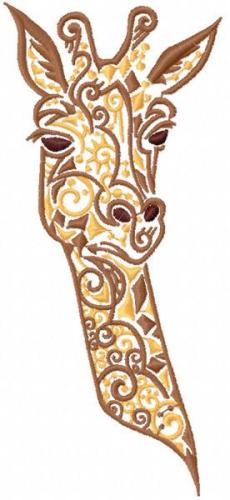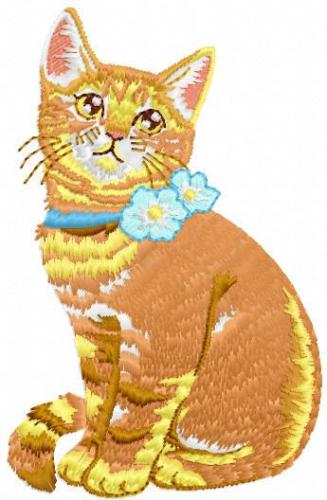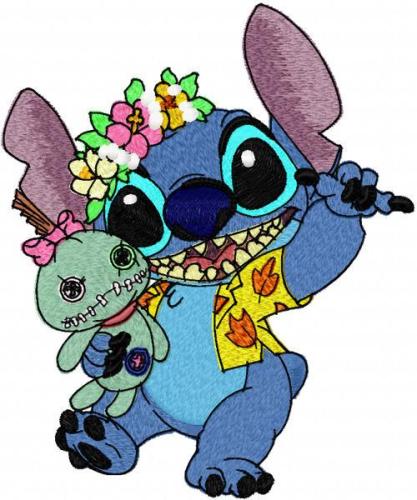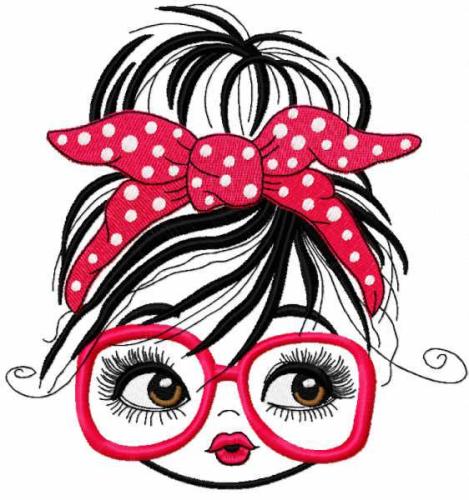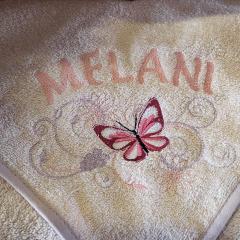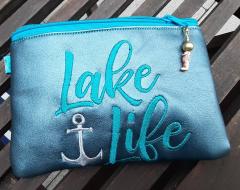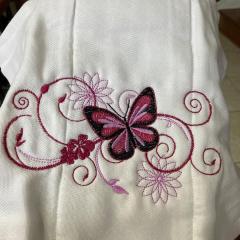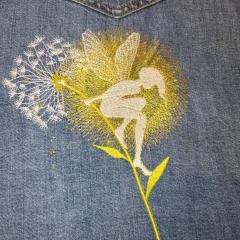Padded appliqué in machine embroidery
By
Irina, in Machine embroidery materials and technology, , 3 comments, 6,585 views
Padded appliqué that creates volume is an ordinary appliqué with a special material under the appliqué fabric called padding.
3D Puff (Foam), polyester batting, foam rubber and other materials can be used as such. The number of layers in the padding can vary depending on the thickness of the material and the desired effect. According to my experiments with trapunto, knitwear is the best appliqué fabric that does not crumple the padding too much.
I didn't find the process of creating a padded appliqué too different from the one of the traditional patched appliqué.
It is simple and includes 3 steps:
First, a running stitch outline that will show where to put the "layer cake" (the appliqué fabric together with the padding). Having embroidered an outline, the machine stops and the frame comes out. It is necessary for the better placement of the fabric and the padding. After that, a running or a zig-zag stitch joins the appliqué fabric and the padding together. Having stitched them to each other, the machine stops and the frame comes out for trimming of the fabric and the padding along the perimeter of the running stitch or zig-zag. The finishing border that covers the edges is embroidered next. There can be a slight variation to the process. It involves first stitching the padding to the main fabric and trimming it, then stitching the appliqué to them and trimming all three together. Everyone should choose what is more convenient for them: stitch and trim all the layers together or separately.
If you ask my opinion, there are not too many variations to a finishing border:
Satin Fill Digitizing a padded appliqué by hand:
Create a running stitch outline that will show where to place the fabric and the padding. Insert a stop so that the frame will come out for positioning of the appliqué fabric together with the padding. The way of adding commands depends on the type of your embroidery machine. Create an outline that stitches the appliqué fabric to the main one. Insert a stop so that the frame will come out for positioning of the appliqué fabric together with the padding. The way of adding commands depends on your embroidery machine type. Create a finishing stitch column border. The width of a finishing border should be no less than 4–5 mm. It is necessary because it is rather hard to trim extra fabric with the padding so that the edges of this "layer cake" didn't show from under the thin outline. Therefore, you can't be too cautious with the width of the finishing border.


